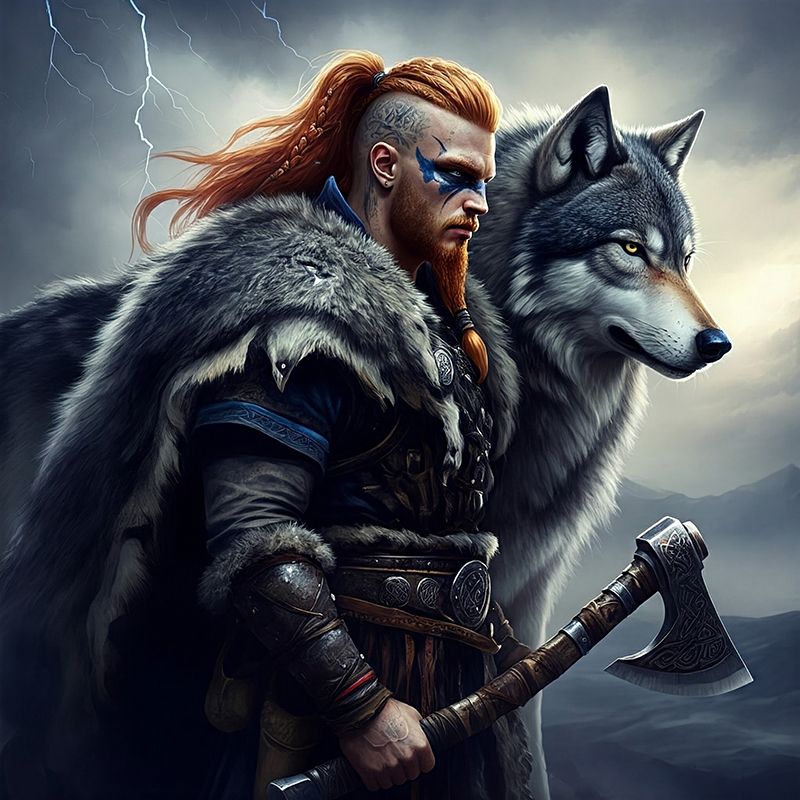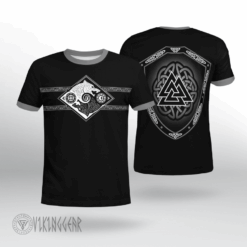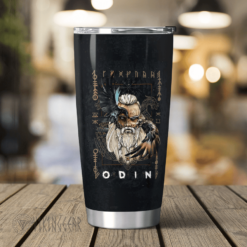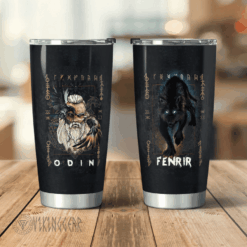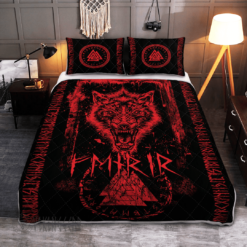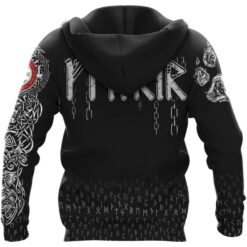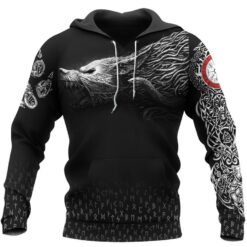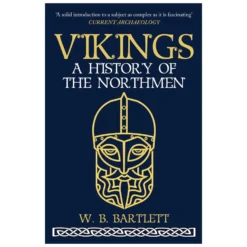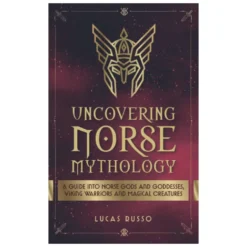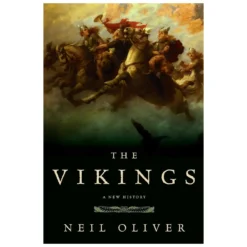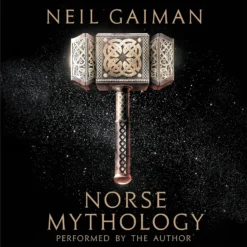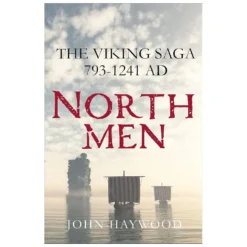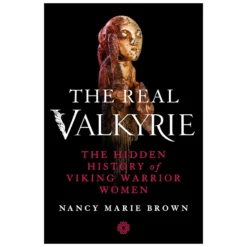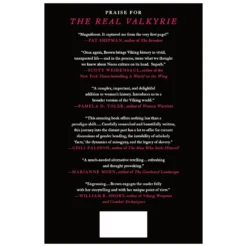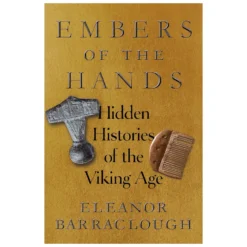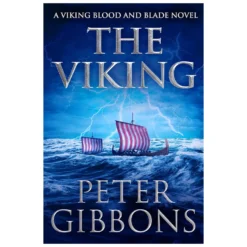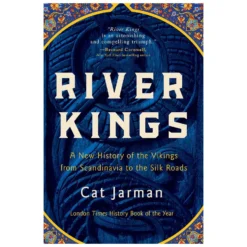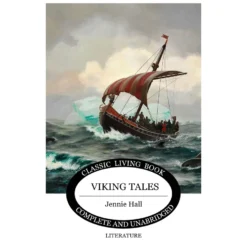Viking Blog
Viking vs Wolf: A Historical Encounter of Myth and Survival!
The Viking and the wolf have long captured our imagination. They embody resilience, ferocity, and survival. The Viking, a symbol of skill and endurance, contrasts with the wolf. The wolf is a creature of wild instinct and freedom. This Viking vs Wolf fight is not a survival test. It also reflects mythology, culture, and our connection to nature.
The Viking vs Wolf: Conquerors of the Wild
The Vikings were seafaring Norse people from Scandinavia. They dominated Europe from the late eighth to early eleventh centuries. People knew the Vikings for their ships and warrior culture. They thrived in Earth’s most hostile places. They were daring explorers. They had to survive harsh climates, treacherous seas, and grueling winters.
Central to Viking life was their relationship with nature. They revered it, feared it, and sought to conquer it. Their mythology reflects this duality. It features gods like Thor, who represents thunder and protection. Loki is a trickster who represents chaos and unpredictability. For the Vikings, every journey into the wild was a test. It was also a chance to prove their strength and tenacity. The encounter of Viking vs. Wolf serves as a potent symbol of this struggle.
The Wolf: Guardians in the Viking vs Wolf Narrative
In stark contrast, the wolf epitomizes the raw, untamed spirit of nature. Wolves, as apex predators, thrive in packs. Their survival hinges on cooperation and strategy. They roam vast territories. They adapt to ecosystems from snowy tundras to dense forests. Wolves are both feared and revered in many cultures. For the Vikings, they were especially symbolic.
Norse mythology often intertwines wolves with cosmic and existential themes. Fenrir, a monstrous wolf, will cause Ragnarok, the world’s end. He represents uncontrollable destruction. Meanwhile, Geri and Freki, Odin’s loyal wolf companions, symbolize wisdom and loyalty. This dichotomy shows the Vikings’ complex view of wolves. They admired and feared them.
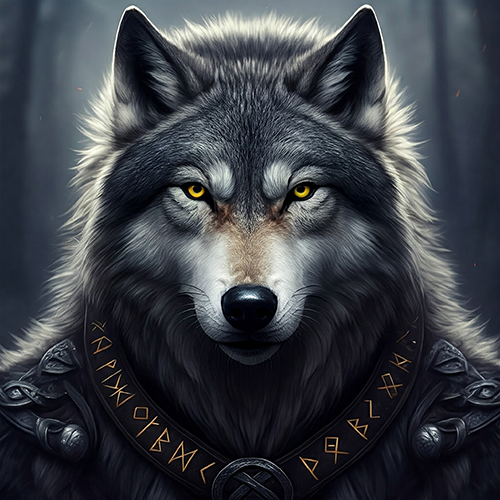
The Historical Clash
Imagine a Viking hunter in the snowy wilderness. He has only a spear, a shield, and a deep knowledge of the land. He must read tracks, understand animals, and expect danger to survive. Facing a wolf, either alone or as part of a pack, would be a life-or-death encounter.
For the Viking, a wolf represented not an animal but the untamed power of the wilderness. Killing a wolf tested skill and bravery. Its pelt was a prized trophy, a sign of dominance over nature’s most cunning predator. Yet, wolves, too, were strategic. A lone Viking would be no match for a pack’s coordinated attack. The Viking vs. Wolf encounter was a battle of wits as much as of strength.
Mythology Meets Reality
Vikings and wolves are not history. Their stories live on in the myths and legends passed down through the ages. In these tales, wolves often serve as metaphors for the challenges faced by the Vikings. They are unknown dangers, nature’s unyielding forces, and foes that test our resilience.
Consider the tale of Fenrir. His battle with the gods shows the Viking view. They believed in the inevitability of struggle and loss. The gods’ binding of Fenrir is a reminder. It shows humanity’s futile quest to control the uncontrollable. Yet, Fenrir’s release during Ragnarok demonstrates that no one can tame nature forever.
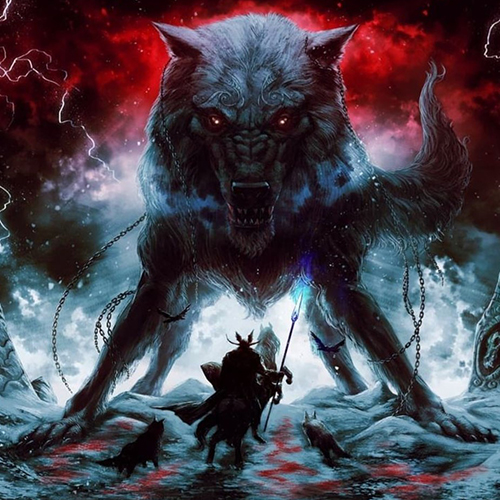
Lessons of Coexistence
The Viking vs Wolf tale often focuses on conflict. But, it also teaches coexistence. Both Vikings and wolves thrived in harsh environments. They adapted to survive against all odds. The Vikings’ respect for nature matched the wolves’ efficient hunting.
Today, the Viking and the wolf endure as symbols of resilience and strength. The wolf’s return to its former range has sparked debates. They are about conservation, coexistence, and humanity’s role in nature. The Viking spirit of exploration and adaptability inspires modern science, adventure, and innovation.
Conclusion
The encounter between Viking and wolf transcends mere survival. It is a story steeped in mythology, history, and the eternal struggle between man and nature. The Viking’s will and the wolf’s instincts are key to survival in an unforgiving world. They embody traits essential for it. They remind us of the fragile balance between dominance and harmony. They also remind us of the bond between humanity and the wild.
The story of Viking vs. Wolf, in history and myth, is one of respect, rivalry, and reflection. It shows the lasting power of these two symbols. They hold a place in our shared imagination.

